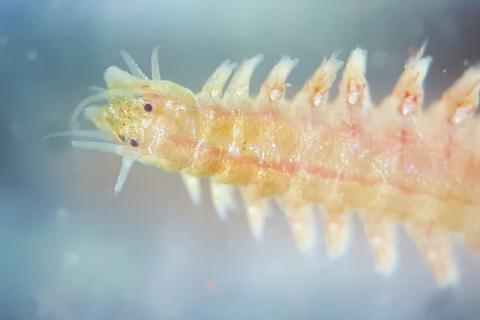The Louisiana Trustee Implementation Group has approved $785,000 in Monitoring and Adaptive Management funding to facilitate the development of a plan to inventory and assess life in the Barataria estuary’s lower trophic levels–the organisms that form the base of the marine food web.
Lower trophic level organisms include phytoplankton and animals such as zooplankton, worms, and small clams. They are an especially important food source for juvenile fish that live in the estuary. Additionally, they help to break down dead organic matter; oxygenate sediments; and help to maintain healthy levels of nutrients in sediments. The organisms that live in the sediment also serve as excellent biological indicators of environmental conditions, including ecological recovery and ongoing impacts of buried Deepwater Horizon oil.
Lower trophic level organisms have an important relationship to wetland restoration and the benefits provided to fish injured by the Deepwater Horizon oil spill. The status of these organisms provides a window into the function and health of the estuarine ecosystem and can help measure progress towards restoration goals. Additionally, changes in community composition can suggest if and when adaptive management actions should be considered.
In the Barataria Basin, there are insufficient lower trophic data to establish baseline conditions before the majority of restoration activities are implemented. The funded project will design a baseline inventory in the Barataria Basin, providing a basis for evaluating future changes in lower trophic level communities to understand how restoration work is helping them and their habitat recover. The baseline information will also improve model capabilities in predicting ecosystem responses (trophic transfers, food web characteristics) to various scenarios including future environmental conditions and restoration actions.
This one-year project, led by NOAA and in partnership with the Water Institute of the Gulf, will begin in September 2021.


